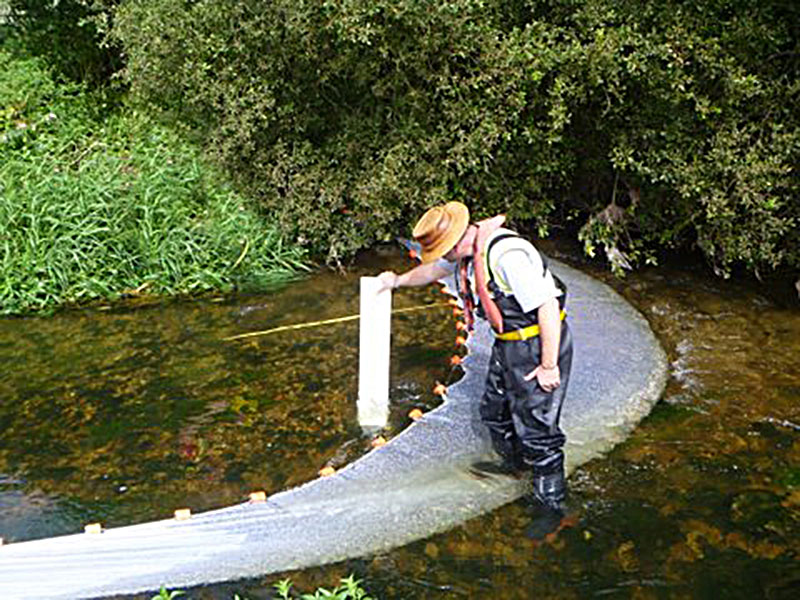Electric fishing surveys provide valuable information on the fish communities in our streams and rivers. Survey sites should be selected to be representative of the characteristics and habitat of the catchment being monitored, however difficult access may be.
Some surveys are site-specific, for example to investigate the impact of point source pollution incidents or barriers to fish migration. There may also be a requirement of a planning application or development where an environmental assessment is stipulated.
Electric fishing surveys can provide information on the following:
• Population structures.
• Levels of recruitment.
• Distribution and species range.
• Biomass & density.
• Age composition/year class strengths (scales required).
• Growth rates (scales required).
• Feeding habits.
Data collected can then be interpreted and used for fishery management; it may show the potential of the fishery, or identify limiting factors, for example:
• Barriers to migration.
• Impacts of predation.
• Lack of spawning/nursery areas
• Effects of poor water quality.
• Habitat limitations- identifying suitable areas for habitat enhancement.
• It may also be used to determine stocking requirement/success.
• Feasibility studies prior to consented works or impacts such as stream support programmes and hydropower schemes.
It is not unusual for data collected to show good numbers of fish present, and good recruitment, where angling returns and angler perception suggest the fishery is in decline. In such cases reliable survey data can show there is no need for costly restocking programmes, and alternatives to improve fishery performance can then be considered.






